"The birth of the scooter coincided precisely with the post-war boom in the consumer economy. And along with the industrial boom came an explosion in what used to be called 'Commercial Art'. This was the age of the Ad Man. "

Do the Lambre Twist!
In terms of iconic 1960s design Innocenti’s Lambrettas are on a par with the the E-Type Jaguar and BMC Mini (yes, I know it was first shown in 1959). In my mind, there isn’t another two-wheeler that sums up the decade’s design influences better.
Innocenti, based in the Lambrate district of Milan, crawled out of the smouldering wreckage in the bombed-out industrial north with a plan to put post-Mussolini Italy back on its feet by putting the nation’s workers on Lambretta’s eight-inch wheels.
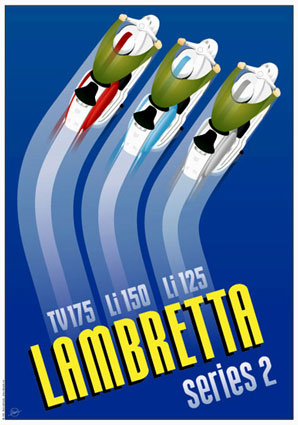
Of course, fellow Italians Piaggio created the Vespa, and their wasp buzzed onto the roads in 1946, a year earlier than Lambretta’s model A was released. And the Vespa’s designer Carradino d’Asconio, whose aeroplane design business had been curtailed by being on the losing side in the war, should be regarded as a genius for establishing a template the company’s scooters still use now: full legshields; revolutionary monocoque frame; ‘bubble’ sidepanels; single-sided front fork.
The original Vespa was pretty, clever, a classic. In contrast the first Lambretta was utilitarian. And Piaggio went on to sell over 10 million scooters to Lambretta’s four million. But that’s all blah, blah, blah as far as I’m concerned, because in my mind Vepsas are for Roundheads with bad Madness tattoos and I’m a Lambretta loving Cavalier.
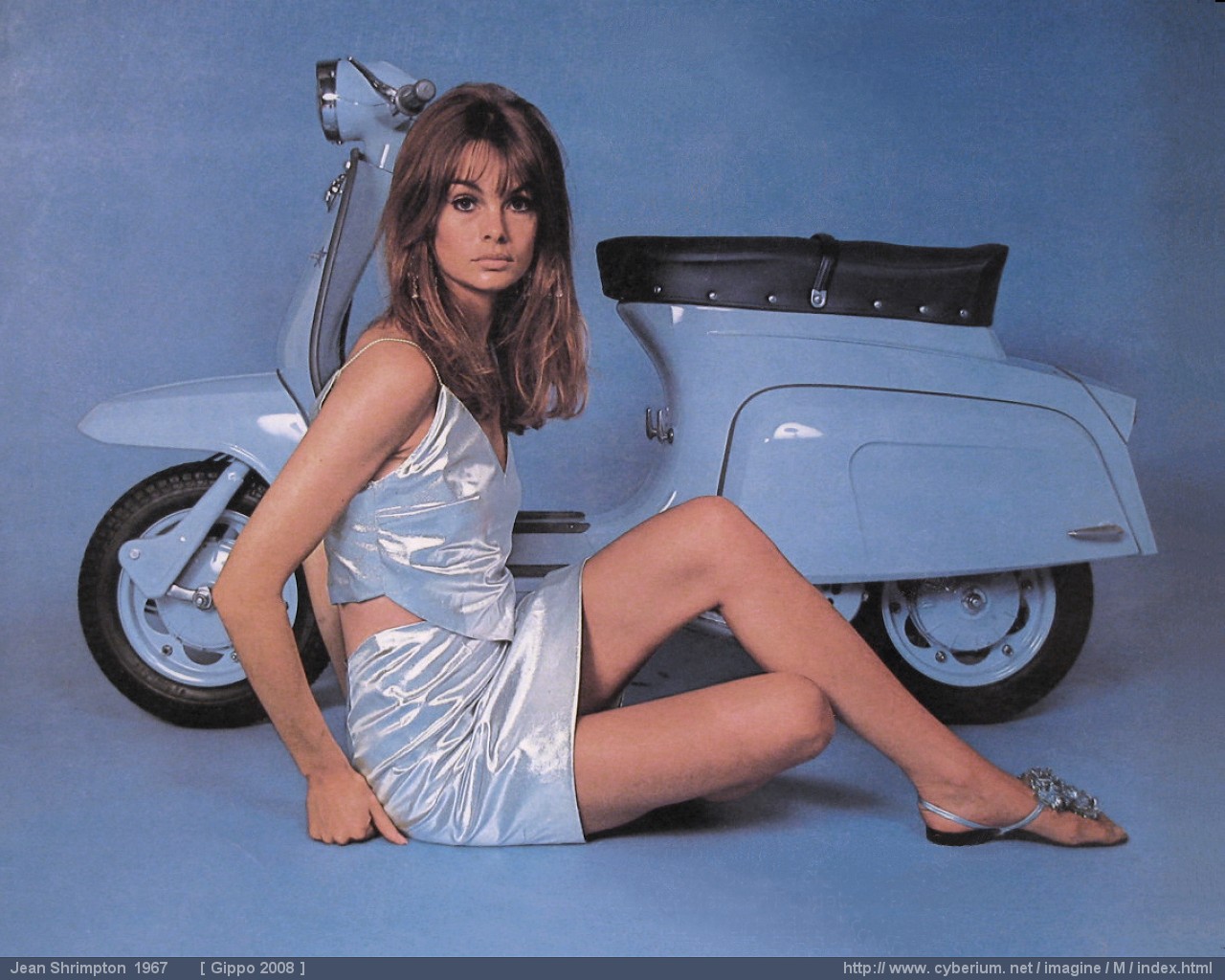
Piaggio are now one of the world’s heavyweights in two-wheeled production. They own Moto-Guzzi, Aprilia and Gilera. Innocenti, meanwhile, Lambretta’s manufacturer, stopped scooter production in 1972 (before going out of business completely in the 1990s). These contrasting facts elicit nothing but a shrug and a teenaged ‘So?’ from me. In virtually every area that can be turned into a pie chart and illustrated with an overhead projector Vespas trump Lambrettas. But Lambrettas are cool and beautiful. And better. End of.
It did take a while for the Milanese company to hone their design. Legshields and sidepanels didn’t appear till 1950 and can’t be described any more accurately than ‘slightly bulbous’ till the Slimstyle designs appeared in 1962. Throughout the 1960s the Slimstyle, first used on the Li Series 3, developed into the TV series 3 and, for me, the last word in scooter design, the SX200.
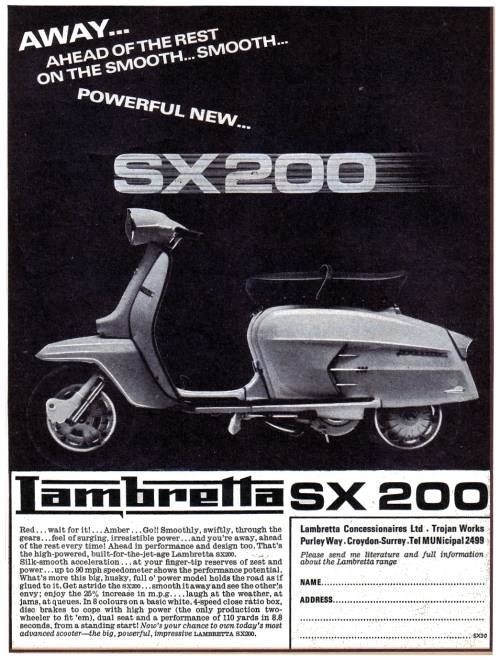
Why do I get so frothed-up about a somewhat effeminate commuter scooter? Let me explain.
The long, steel sidepanels have creases sharper than those in Dean Martin’s Rat Pack-era trousers. The pure jet-age panel indentation is augmented with a three-pronged flash in cast alloy. One of the prongs dissects a daintily cast number giving the engine’s cylinder capacity. The 150 has different, only slightly less beautiful panels with it’s own design of sidepanel flash. The rear of the SX200’s sidepanel has another delicate cast Lambretta badge, while the square-topped legshields have a further chromed script ‘Special’ and either X150 or X200 badge. There are details everywhere: heavy alloy panel handles; cable operated disc brakes (Lambretta were one of the first factories to fit them to production two- wheelers); the cast alloy horn cover with it’s lower-case ‘i’ for Innocenti.
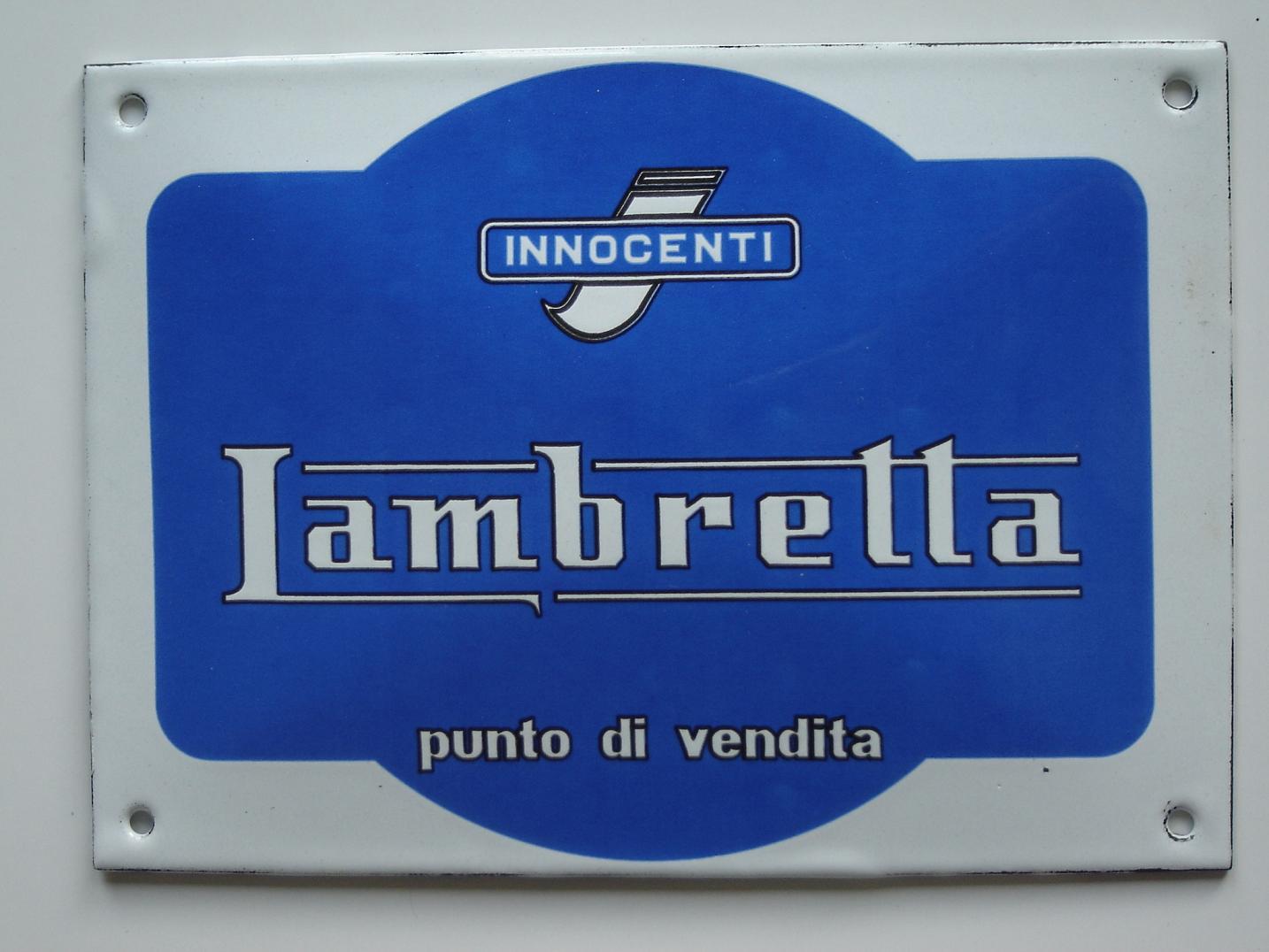
I remember reading that the designer referred to the SX200 as ‘his beautiful swan’. See one from the side and you can understand why. The headlight and handlebars are the head, the sweep of the legshields a long neck, the panels are the wings folded over the bird’s body. And like the swan, the exterior is serene while underneath the simple 200cc two-stroke, four-speed single paddles away frantically.
Now I tend to like bikes that are stripped-back and minimal. I generally curl my lip at the over-designed. But the SX200 is fussy and covered in styling baubles and tinsel. You can’t deny your first love, though, and the SX200 is mine. I’ve owned one, the same one, for 19 years and I’ll never sell it.
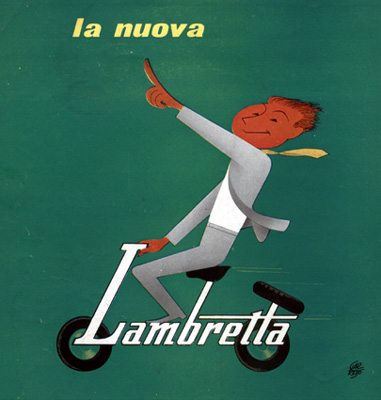
Lambretta might have gone out of business but they went out with a bang. Car design genius Bertone was commissioned in 1969 to redesign the SX range and created the Grand Prix. The GP came in bold colours like a blood red, turquoise and a very 70s mustard ‘yellow ochre’. Bertone fought to ditch the polished alloy badging that makes the SX so recognisable and of its time. The Grand Prix’s badging is minimal. Instead of polished castings the sidepanels have plastic grilles and racey stick-on stripes. The horn grille is simplified and black.
In fact, all the grey rubbers and plastics that had been grey on Lambrettas since the early-50s, turned black. Some early 150cc Grand Prixs had a black ‘blob’ sticker on their legshields. The legendary story of how it came to be there states Bertone became so angry that the bosses at Innocenti wouldn’t let him replace the old-fashioned polished alloy with the new black he, and other leading designers, would usher in, he threw his pen on the desk and it landed on the drawings of the new scooter, spitting a glob of ink right onto the legshields on one of the plans.
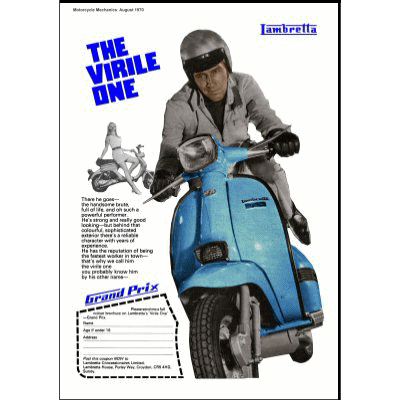
Bertone won, but there are still dozens of labour intensive fittings, like the fiddly floorboard runners and rubber legshield edges, that can’t have helped production costs. But these are the kind of touches that make old scooters, bikes and cars so much more special than the aggressively built-to-a-price machines that followed.
CLICK TO ENLARGE











I love lambrettas I still own a Li150 series 2 with full mod kit I was a sixtys mod from the very start and proud of it we changed the music and the fashions and lambrettas were most mods transport not keen on vespas Nigel age 63
A great piece on the lambretta – I would love another one.
That brought back memories. I had a GT 200 ( very rear) which I owned from 1966 to 1969.
The only faster scooter in Newcastle at the time was a re-bored SX 225 (very fast) . We both worked at the ” Ministry” at Longbenton and would race one another out at home time, he just had the edge and would vanish down the coast road to Whitley Bay. They were great times we were the Bees Knees and thought so too! Often ouside the club A GOGO on Percy St there would be the elite of local Mod scooters , fantastic.
JohnNG . Newcastle-upon-Tyne
Totally agree with your comments above – especially as I own and ride a Lambretta SX200 that was built in 1972. When I was 16 (you were allowed a licence at that age in those days) I had one exactly like the one I own today – white, fly screen and three piece back rest and carrier – and that was built in 1967. I ride with The Haverhill Circles Scooter Club, of which we have 34 members, and we go on a ride out most sunday mornings for breakfast and then ride back again. The sense of pride and the looks we get as we ride through the local villages and towns is great and at a lot slower pace than it used to be.
Alan, Linton, Cambridge
Good article, even though I’m classic vespa thru & thru; I can appreciate good design in all it’s forms. My fave Lambretta would be the Series 2 winter model with Spanish mudguard. Some 35mm film shots I’ve taken of Lambrettas… http://www.vespamore.com/lambretta
Couldn’t agree more Gary, although I do have a soft spot for the Vespa GS! Part of the allure of the Lambretta (for me) is that they don’t make them anymore… oh, what’s that… there’s a NEW Lambretta? Heresy! Sacrilege at the very least. I’ve linked to this article from my Lambretta blog, here: http://lambrettista.posterous.com/how-lambretta-defined-1960s-design